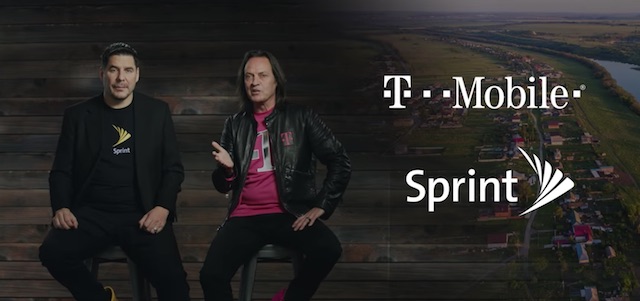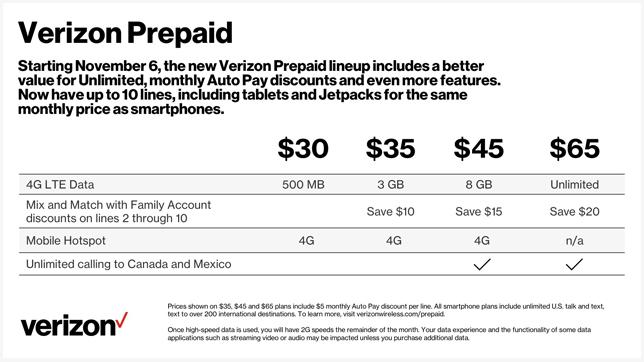T-Mobile and Sprint are one step closer to becoming one major carrier, as the U.S. Department of Justice has approved the merger of the two mobile networks. The DOJ announced its signing off of the deal Friday, which would allow T-Mobile to purchase Sprint for $26.5 billion.
Talks of a T-Mobile and Sprint merger have been around for more than half a decade, but official intentions for the networks to combine began in April 2018. In addition to approval from the DOJ, the carriers are also facing other hurdles before they can confidently move forward. The merger must also be approved by the Federal Communications Commission. The networks will also have to address a lawsuit filed by the attorney generals of ten states, which charge that the merger would lessen competition in the U.S. telecom industry.
T-Mobile and Sprint merging would make the combined network the third-largest in the country. Separately, both carriers lag behind first, Verizon with 150 million subscribers, then AT&T with 141 million subscribers. Together, the network could fairly compete with a combined 126 million customers. Separately, T-Mobile has 73 million customers and Sprint 56 million.
Once combined, the two networks will take on the T-Mobile name and Sprint customers will become T-Mobile customers. The companies CEOs have promised that consumers won’t see any price changes in their services for at least three years after the merger is complete. However, with 5G being the next technology push for telecom companies, price hikes are surely imminent.
A unified front would allow T-Mobile and Sprint to have a significant amount of 5G connectivity spectrum to provide its customers with optimal, next-generation download speeds of 20 gigabits per second. The merged company may still be able to maintain competitive pricing against Verizon and AT&T to draw more consumers to its network.
To maintain the U.S. government’s intentions to have at least four major carriers, the Dish Network is expected to step into Sprint’s place. Sprint will sell its prepaid network to Dish for $5 billion. Dish will also be able to utilize T-Mobile’s network, likely in an MVNO capacity. It remains to be seen just how formidable a competitor Dish will be against Verizon, AT&T, and T-Mobile/Sprint, but there is potential for the carrier to be the new T-Mobile, with the ability to offer disruptive rates and deals to U.S. mobile customers.
An interesting aspect of the merger is that T-Mobile is a GSM carrier, which allows customers to freely use unlocked devices on its network, while Sprint is a CDMA carrier, which typically has its smartphones tethered for use only on its network. There is no word on exactly how T-Mobile and Sprint will resolve this incompatibility, but there are many current and upcoming smartphones that will have built-in compatibility with both networks. Moving forward, T-Mobile/Sprint will likely work directly with smartphone manufacturers to ensure devices work smoothly on their combined network.




